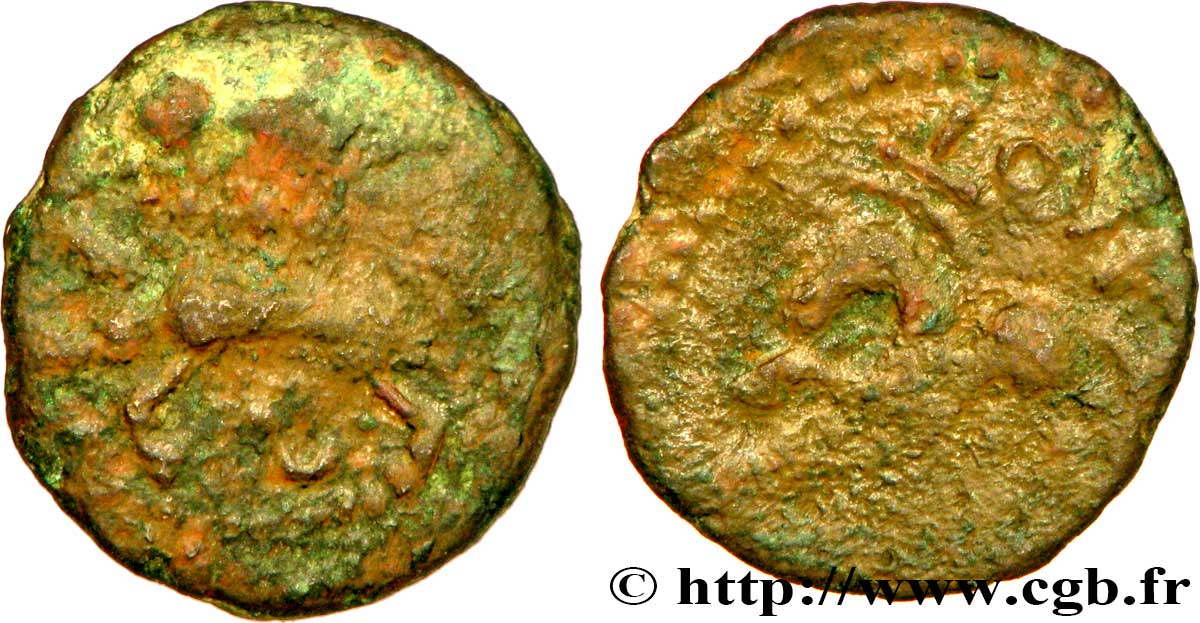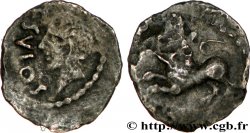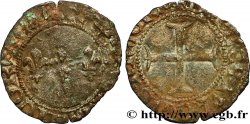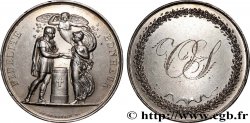bga_242070 - UNSPECIFIED OF THE NORD-WEST Bronze aux sangliers affrontés et au cheval androcéphale
100.00 €
Количество
Добавить в корзину

Тип Bronze aux sangliers affrontés et au cheval androcéphale
Дата: c. 60-40 AC.
Металл: bronze
Диаметр: 15,5 mm
Вес: 1,70 g.
Редкость: R3
Комментарии о состоянии
Bronze sur un flan un peu court avec un droit moi mais un revers assez détaillé. Patine un peu granuleuse
Происхождение:
Ce bronze provient de la collection P. Gendre et est indiqué provenir de la Somme (80)
Лицевая сторона
Аверс: легенда: ANÉPIGRAPHE.
Аверс: описание: Deux sangliers affrontés dos à dos, une esse entre les pattes.
Обратная сторона
Реверс: легенда: TOVA (...).
Реверс: Описание: Cheval androcéphale à gauche, une légende indéterminée au-dessus du dos et un symbole décoratif (?) entre les jambes ; grènetis.
Комментарий
Cet exemplaire est du même type que la monnaie précédente, DT. S 2507 B. Mais ce second exemplaire vient le compléter au revers avec la légende TOVA (avec le T à l’envers) au-dessus du cheval. Cette légende est peut-être à mettre en relation avec le DT. 2494 de la série 463 (LT. 7148) pour lequel les auteurs précisent que “l’attribution longtemps admise en faveur des Lexovii est fort douteuse : aussi bien s’agit-il d’un unicum, sans provenance connue”.
This example is of the same type as the previous coin, DT. S 2507 B. But this second example completes it on the reverse with the legend TOVA (with the T upside down) above the horse. This legend is perhaps linked to the DT. 2494 of series 463 (LT. 7148) for which the authors specify that “the attribution long accepted in favor of the Lexovii is very doubtful: it is also a unicum, with no known provenance”
This example is of the same type as the previous coin, DT. S 2507 B. But this second example completes it on the reverse with the legend TOVA (with the T upside down) above the horse. This legend is perhaps linked to the DT. 2494 of series 463 (LT. 7148) for which the authors specify that “the attribution long accepted in favor of the Lexovii is very doubtful: it is also a unicum, with no known provenance”








 Cообщить об ошибке
Cообщить об ошибке Распечатать страницу
Распечатать страницу Отправить мой выбор
Отправить мой выбор Задать вопрос
Задать вопрос Consign / sell
Consign / sell
 Информация
Информация









